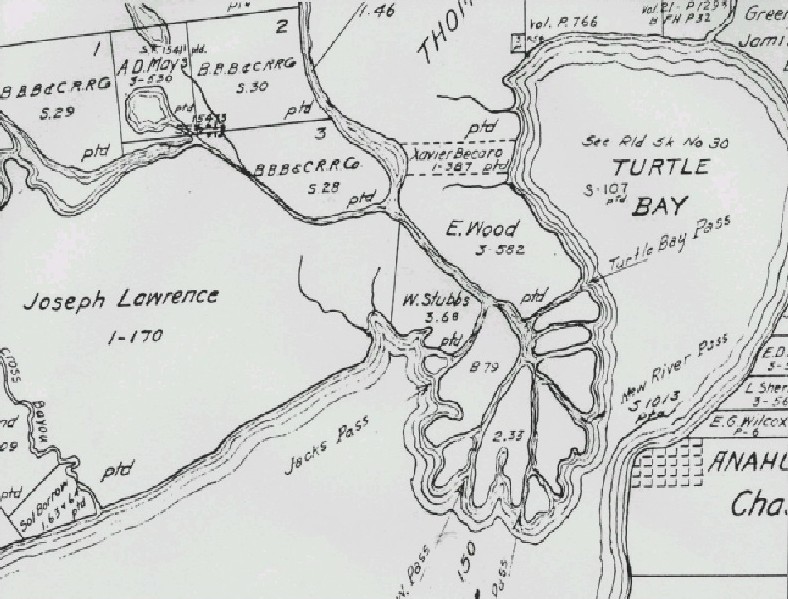.JPG)
By Kevin Ladd
We embark this month on a couple of articles focused upon one of the very first pioneer settlers of Chambers County -- Joseph Lawrence.
There is something mystical and perhaps even romantic about this subject. He would eventually marry and establish a large family in what is now western Chambers County. Joseph himself settled here alone in 1824, the same year that several other pioneers landed and three years after James Miller located near Wallisville. Joseph Lawrence, however, is both enigmatic and fascinating, colorful and mysterious. There is something about his story that makes him stand out. The old shell ridge where he once lived (and rode out a few storms) draws us back across the span of time.
Local historians and genealogists tell us that Joseph Lawrence was born about 1790 in Westchester County, New York and that he left home to render military service in the War of 1812. Where he enlisted and when he joined is not clear, but he suffered a broken knee and a cracked cheek bone during the course of his service. Through some unknown set of circumstances Joseph soon afterward found himself among Jean Laffite's band of privateers when he and his men took possession of Galveston Island in 1817. Lawrence remained in this number for the next three years. When Laffite and the bulk of his men departed in May 1820, some of the men stayed behind, and so it was with Joseph Lawrence.
Local historian Kendon Clark, an authority on the subject, believes Lawrence settled on his future home site purposely rather than accidentally. "It is reasonable to assume," Clark writes, "that Lawrence had spotted a place to his liking during one or more of the pirate forays into the bayous and was now returning there to claim it as his own."
In his history of Cove, Diamond in the Rough, Clark paints a vivid picture of the pioneer dragging his shallow-draught boat over the sandbar at the mouth of the trinity and then poling the vessel up river about a mile before turning westward into a stream that would later be called Old River. "At the confluence of the rivers was a broad expanse of water, some quarter of a mile wide. . . Scanning the horizon to the south, a virtual sea of waist-high marsh grass and salt grass stretched to the shore of Trinity Bay. On the north side of the width of Old River were great fields of sea cane, growing to a height of twelve feet, swaying gently in the southern breeze. Soon the river narrowed, the north bank pushing southward across the mud flats, but gradually widened again. Rounding a slight curve in a more southerly direction at a point where the little Round Lake bayou poured into the river from the north, Lawrence soon saw his destination ahead. The river opened into a large lake, to be known in later years as Old River Lake, and higher land on the south side of the entrance to the lake supported an array of trees and bushes unlike those seen elsewhere on his trek thus far."
This wooded ridge, rising proudly from the boggy marshes that surrounded it, later came to be called "Lawrence'sIsland." Joseph, then a young man of some thirty four years, quickly constructed a modest cabin thereabouts, sustaining himself through hunting and fishing, living a most solitary existence for several months. He would be joined later that same year by another single man, James Haney [sometimes spelled Hanney], who hailed from Lancaster County, Pennsylvania by way of Louisiana. Haney was also reputed to be another Laffite man. The two men, both bachelors and former associates in Laffite's group, enjoyed each other's company for awhile. Haney, however, had important business to tend to back in Louisiana in 1827, but he was soon to return and in so doing would inevitably alter the course of Joseph Lawrence's existence.
We will for the moment leave Joseph Lawrence to his solitary life of hunting, fishing and pioneering, allowing those images to linger with us until next month when we complete this story.
